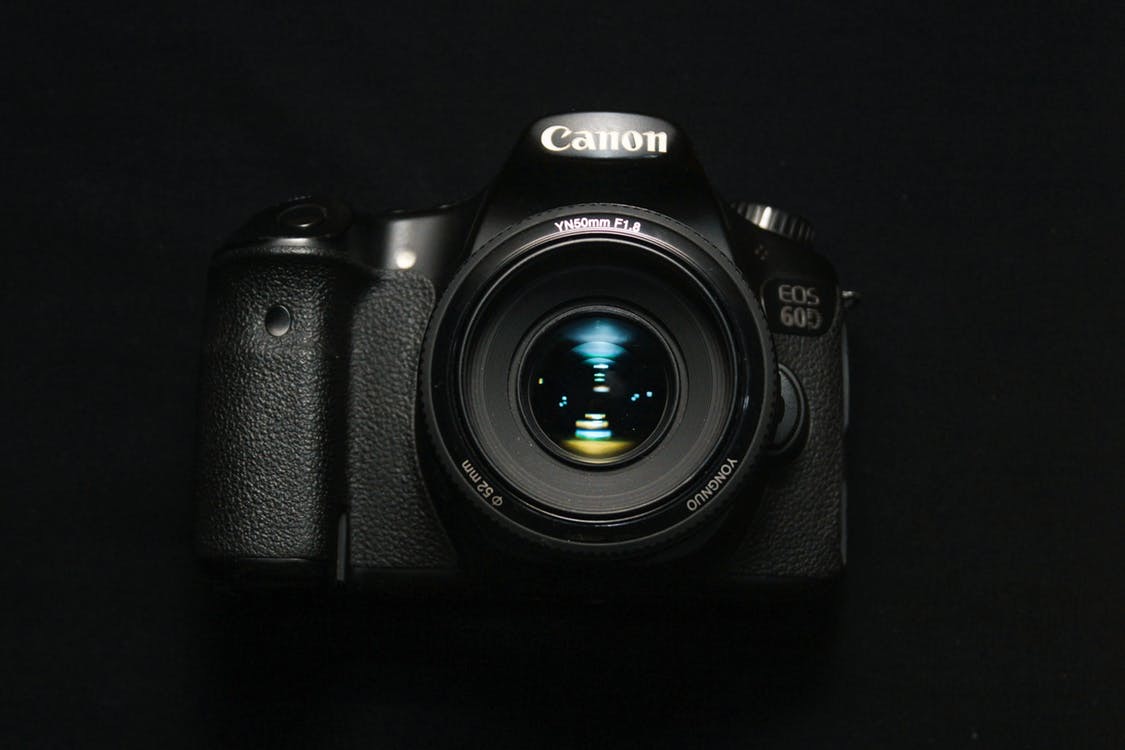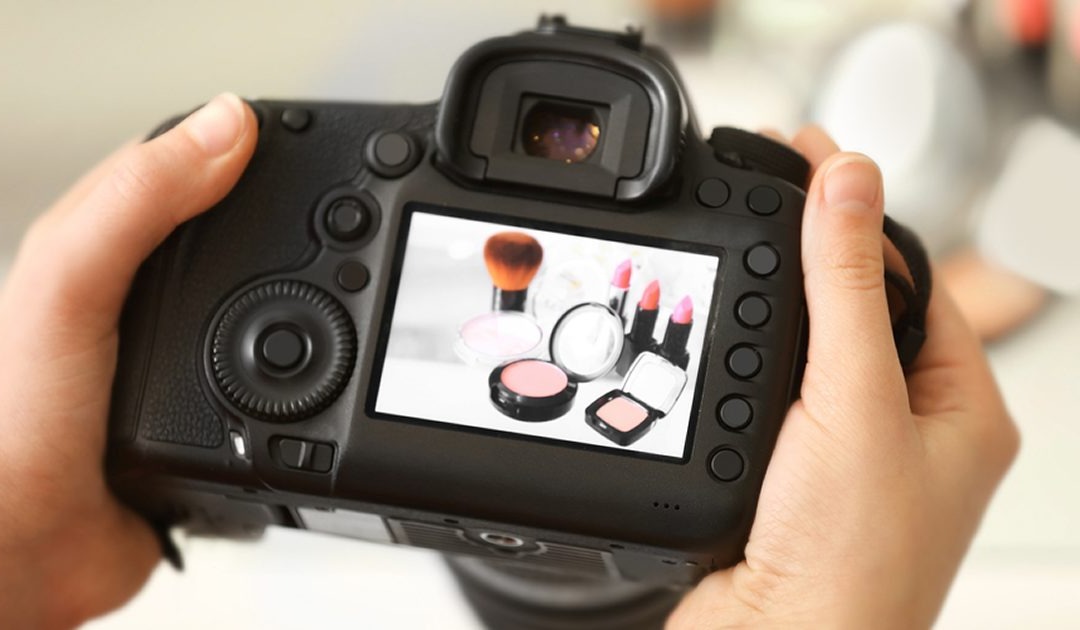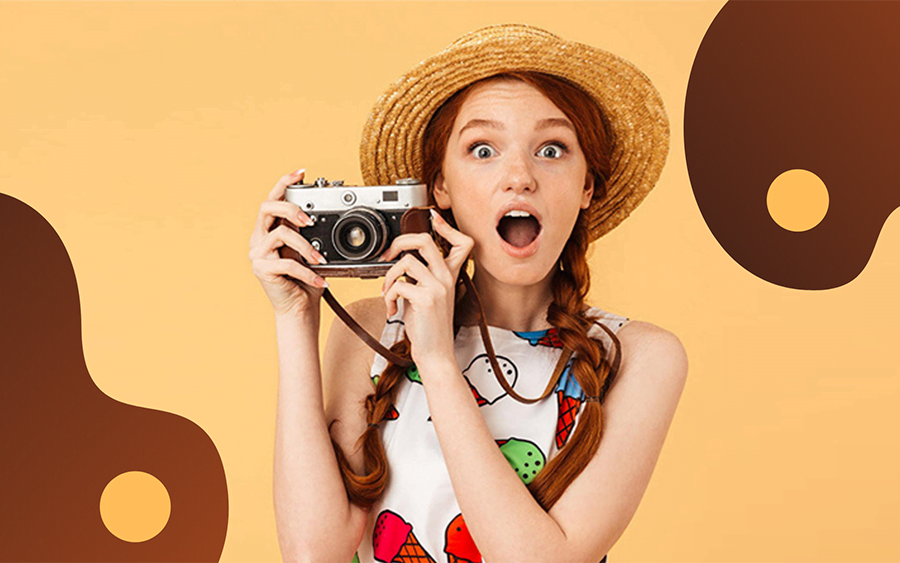Best Camera Product Photography
Alright folks, put on your photographer hats and get ready to snap some product pics that’ll knock your socks off! I’ve scoured the interwebs and rounded up the Best Camera Product Photography list for 2022. Here are the top five contenders that will help elevate your product photography game to professional-level status.
1. Canon EOS Rebel T5i
Why it’s great:
Not only is the Canon EOS Rebel T5i cost-effective, but it also comes jam-packed with features that’ll make your product photos pop. With an 18-megapixel sensor, versatile autofocus system, and a flip-out touchscreen, this camera has everything you need to take stunning product photos. Plus, the Canon EOS Rebel T5i also comes with manual control features that allow you to customize your photo settings to achieve the exact look you’re going for.

2. Nikon D850
Why it’s great:
If you’re looking for a camera that can handle more than just product photography, the Nikon D850 is your go-to choice. With a whopping 45.7 megapixels and a full-frame CMOS sensor, this camera can capture details you never knew existed. Not only that, but the camera also has an impressive autofocus system and built-in WiFi for faster file transfer. Additionally, the Nikon D850’s LCD touchscreen is fully customizable, making it easy to adjust your settings on the fly.

3. Sony a7R III
Why it’s great:
Looking for a mirrorless camera that can take crisp, stunning product photos? Look no further than the Sony a7R III. With 42.4 megapixels and a cutting-edge autofocus system, you can capture every single detail your product has to offer. Additionally, the camera has a built-in image stabilization system, so your photos will be sharp and blur-free. And with WiFi and Bluetooth capabilities, transferring your photos to your computer has never been easier.

4. Fujifilm X-H1
Why it’s great:
The Fujifilm X-H1 is a mirrorless camera that boasts incredible image quality and a top-notch autofocus system. Plus, it has a tilting touchscreen that makes it easy to adjust your settings on the fly. But what really sets this camera apart is its film simulation mode, which mimics the look of classic film while still retaining the sharpness of a digital image. If you’re looking to bring some unique character to your product photos, the Fujifilm X-H1 is definitely worth considering.

5. Panasonic Lumix LX100 II
Why it’s great:
Don’t let the small size of the Panasonic Lumix LX100 II fool you – this camera packs a punch. With a 17-megapixel Four Thirds sensor and a compact body, this camera is perfect for shooting products on the go. Plus, it has a built-in electronic viewfinder that lets you preview your shot before you take it. And with WiFi and Bluetooth capabilities built-in, you can easily transfer your images to your computer or smartphone for editing and sharing.

Tips, Ideas, and How-To
Now that we've covered the best cameras for product photography, here are a few tips, ideas, and how-tos to help you take your product photos to the next level:
1. Lighting Is Key
Proper lighting can make all the difference when it comes to photographing products. Natural light is best, so try shooting next to a bright window during the day. If natural light is not an option, then opt for LED light panels or softboxes to simulate natural light.
2. Choose the Right Background
The background you choose can make or break a product photo. Consider using a solid-colored backdrop or a simple textured surface to help your product stand out. You can also try incorporating props or other products to create a compelling composition.
3. Get Up Close and Personal
When shooting products, it’s important to show off the details. Zoom in and focus on the intricate elements of your product to give viewers a closer look. You can also experiment with depth of field to create a dreamy effect.
4. Edit Your Photos
Don’t be afraid to edit your photos! Use editing software such as Adobe Photoshop or Lightroom to adjust lighting, contrast, and color to achieve a polished look. But remember, don't go overboard with editing or your customers may feel misled if the product doesn't look the same in person.
5. Test, Test, Test
Finally, don’t be afraid to experiment and try new things! Take multiple shots with different angles, lighting, and settings to see what works best for your product. Product photography is all about trial and error, so play around until you find your perfect shot.
That’s a wrap, folks! Armed with the best cameras for product photography and a few tips and tricks, you’re now ready to take your product photos to the next level. Happy snapping!
Find more articles about Best Camera Product Photography
Post a Comment for "Best Camera Product Photography"